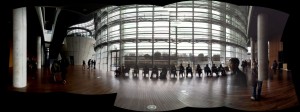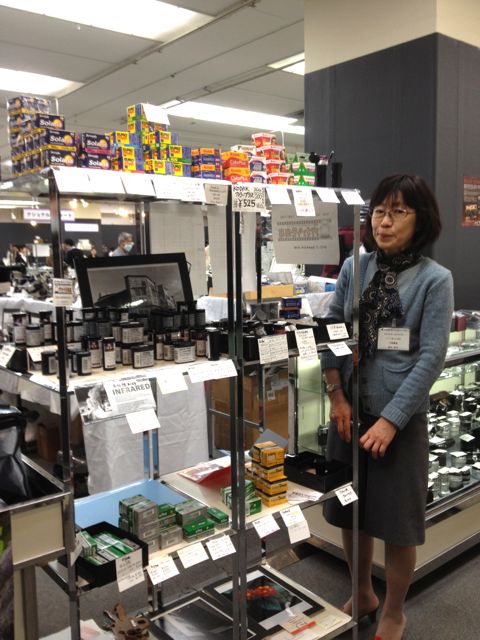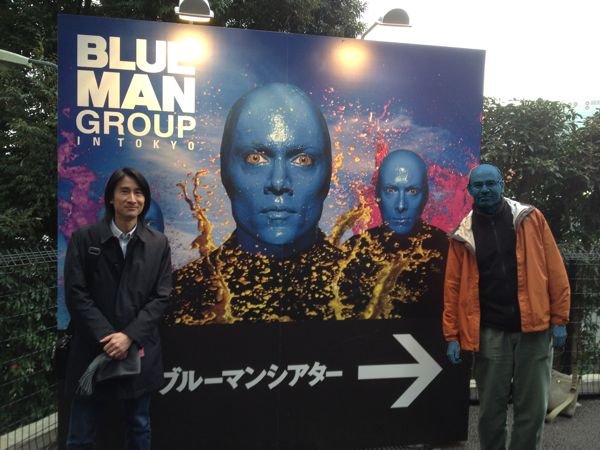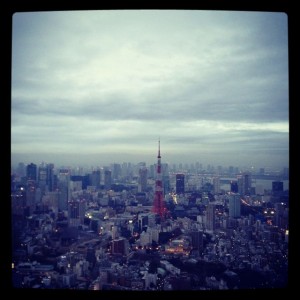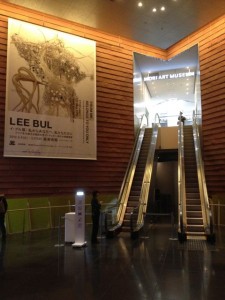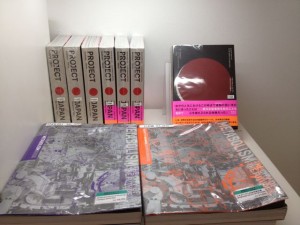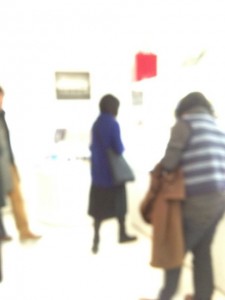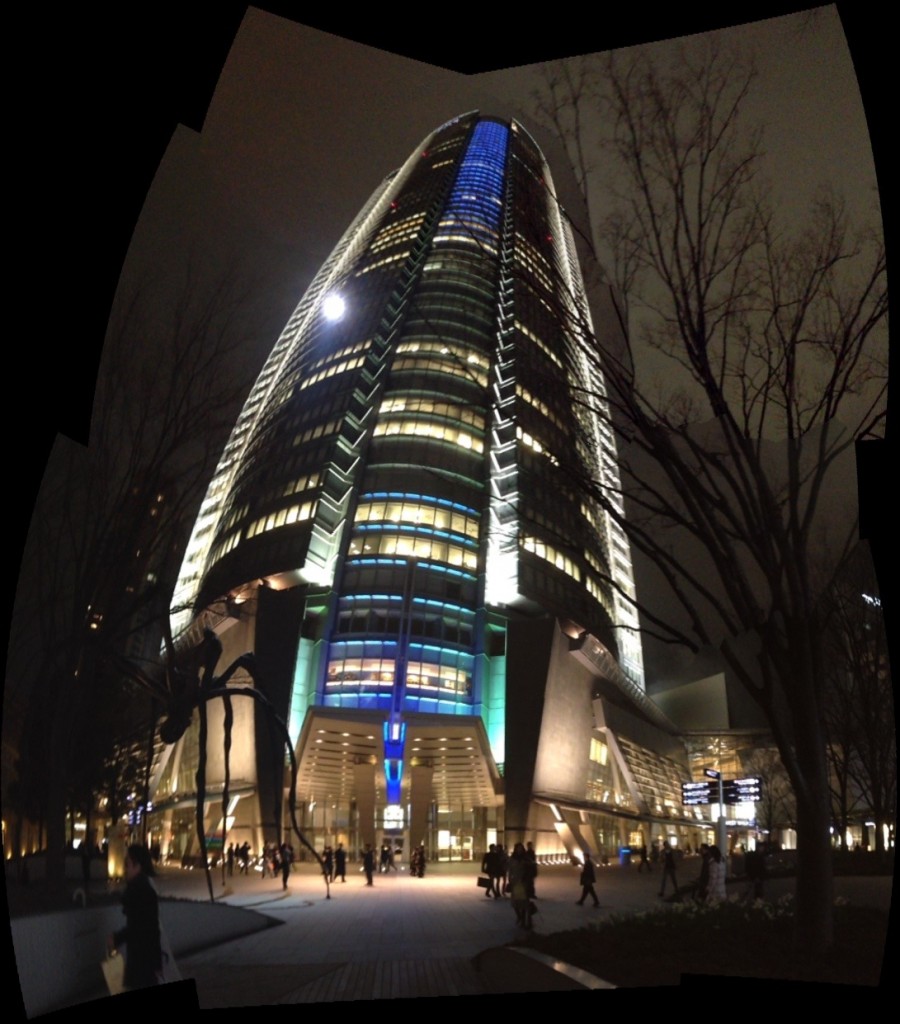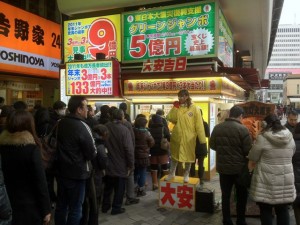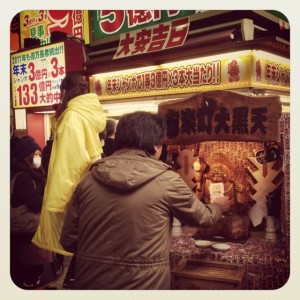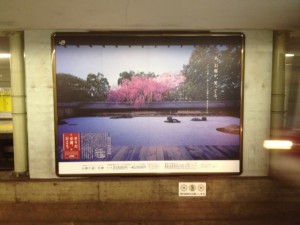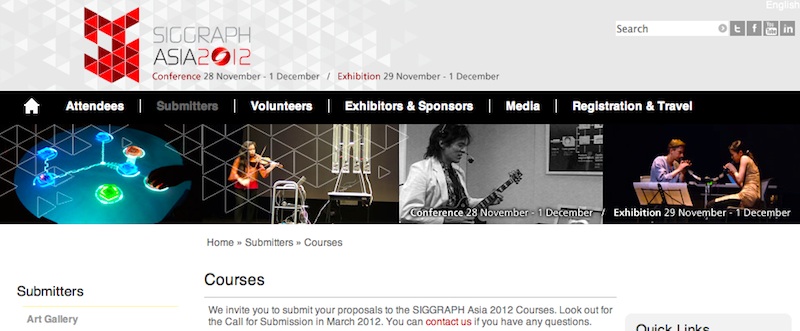The Australian Dance Theatre recently premiered PROXIMITY, a dance production using live video and visual effects. More information about the production is available in an article at the Create Digital Motion blog.
Author Archives: mjl
p5js doodle
Epicycles & Visual Music
I spent some time this evening looking again at the motion of particles moving along epicyclic trajectories. The motion of a single particle q in the complex plane, z, is given by the following parametric function of t:
The animation above is generated using 50 particles moving according to the same parametric equation, with angular velocities given as integer multiples of a fundamental value:
With the velocities distributed in this way, the angular positions attain various kinds of harmonic relations, whence the arrangement of the particles in the complex plane falls into simple symmetric patterns. The animation bears some resemblance to the visual music of James and John Whitney. In his later work John Whitney made use of digital computer programs to create visual music animations (Whitney, 1981), using particle systems related to the one described here.
[1] John Whitney, Digital Harmony: On the Complementarity of Music and Visual Art , New York, McGraw-Hill, Inc., (1981).
As Slow As Possible


A performance of the slowest and longest musical piece in the world is underway in the church of St. Burchardi in Halberstadt, Germany, pictured above. The piece, ASLSP, was written for piano by John Cage in 1985, then re-written for organ in 1987. Cage recommended that the piece be played “as slow as possible”, hence the title ASLSP, but did not specify its exact duration. In the year 2000, a performance of the ASLSP was started using an automatic organ. The duration of the the performance is set to last 639 years. Why Halberstadt and why 639 years? From the website of the project:
Michael Praetorius, a composer of the late 16th and early 17th centuries, wrote that an organ with the first modern keyboard arrangement had been built in Halberstadt’s cathedral in 1361. This organ was the first one with a claviature of 12 notes and this claviature is used on our keyboard instruments today. So one can say that the cradle of modern music was in Halberstadt. Subtract 1361 from the millennial year 2000, and the result is 639.
The performance is streamed over the web and can be listened to at the link: ASLSP. The project description contains the following lovely thought:
In view of our fast moving age, this piece of music is a way of trying to slow down our hectic lives. The “discovery of slowness” and the planting of a “musical apple tree” can be understood as symbols of confidence in the future.
I learned about this project via Prof. Clark Lunberry, who guest lectured in the seminar last year.
n.b. The images above reside on and are linked from the website of the ASLSP project.
東京五美術大学連合卒業・修了制作展
The best art exhibition currently on in Tokyo is free, open on Mondays, allows picture taking, and is held in one of the most stunningly cool buildings in the metropolis, The National Art Center (国立新美術館). If you’re in the capital, this is the one to see. It feels very good indeed that our tax money is used in a way that is clearly beneficial to the well-being and future of the country.
(click thumbnails for larger images)
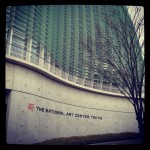
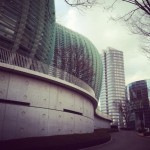
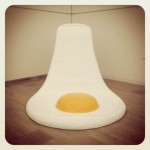
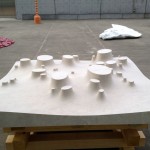
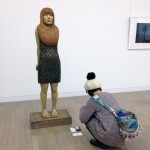
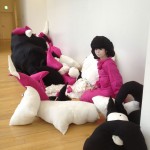

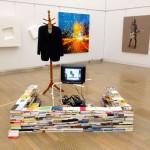
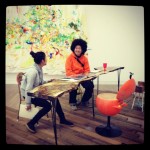
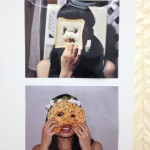
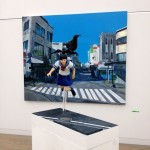
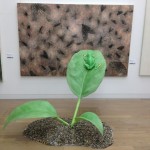
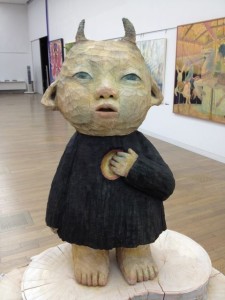
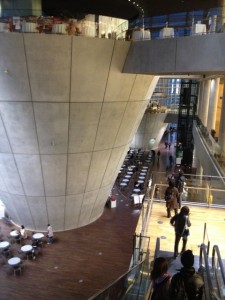
かわうそ商店:各種フィルムのオンラインショップ
Today, at the annual ICS Antique Camera Fair in Matsuya, Ginza this afternoon, I noticed a new addition to the line up of booths: Kawauso Film shop. They are an online retailer offering a large range of black and white and colour films, as well as other goods for do-it-yourself film photography such as developing tanks and chemicals. This is probably the largest range of unusual films I’ve seen offered by any retailer in Japan. Suzuki-san explained to me that the owner is a photographer living in the Shiretoko peninsula, Hokkaido. Orders, however, are shipped from the Kanto area, so delivery charges are not different from what one would expect for Honshu. Here’s a photo of Suzuki-san with the range of films they were exhibiting at the ICS show:
Suzuki-san is also a film photography enthusiast. She explained to me that Croatian-made Efke films have a larger silver content than is common with current black and white films, so the tonal range is exceptionally good. I’ve used 127 format in ISO 100 in the past and found the film has a tendency to curl, but I decided to buy a roll of Efke ISO 50 in 135 and 120 and give it another try. With enthusiasts like the Kawauso staff and the makers of Efke and Rollei stocks, the future of film photography seems assured. If you have any interest in photography, it is well worth looking at the Kawauso web pages.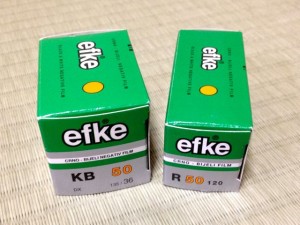
Finally here’s this year’s poster for the ICS show, linked from the ICS web pages.
Blue Man in Roppongi
Lee Bul Show @ Mori Art Museum


There is a slideshow of works from the Lee Bul exhibition available at the Mori Art Museum Flickr account. Worth a look, but you really need some background to properly appreciate these works. I used the audio guide while looking at the exhibition. It may help to reflect upon some of the themes which show up in the exhibition:
- Recent history (post WWII) of the Korean peninsula/Cold War
- Cyborgs/Genetic Modification/Body augmentation/Prosthetics
- Evolution/Post-Humanism
- Modernism/Futurism/Utopia/Totalitarianism
- Urban Design/Architecture
- Bruno Taut
- Performance Art
- Stinking Blinged Fish
- Leonardo da Vinci
- Personal Karaoke Pods
Best watch the slideshow in full screen mode.
Tokyo
I’m visiting Tokyo for a couple of days to work on an article with a colleague. I’ll also have some time for museum and art gallery visits. First stop: Mori Art Museum in the Roppongi Hills complex, where I caught two shows today, including a major solo exhibition by one of East Asia’s leading contemporary artists, Lee Bul. The show is billed as the “First large scale solo exhibition by Asia’s leading female artist.” I’m not sure whether or not Lee Bul is Asia’s leading female artist. Her artfacts.net ranking is dropping. But her work certainly has great intellectual depth and originality. I may post something separately about the show.
Picture-taking was not allowed inside the Lee Bul show. Here are a few shots taken afterwards.
Spotted in the Mori Art Museum bookshop: Japanese and English catalogues for the recent exhibition on the Metabolist architectural movement, and Rem Koolhaas‘ recent book on the subject. More about this in another future post.
There are some stylishly dressed people in the Mori Arts Museum. I liked this lady’s blue and black colour scheme, to which the photo does no justice.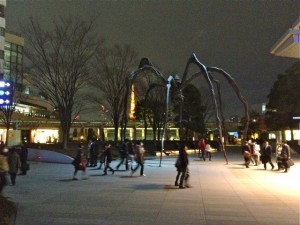
The plaza outside the Mori Tower has a cosmopolitan atmosphere that recalls parts of Montreal. This Louise Bourgeois spider sculpture contributes to the feeling.
Both Google and Baidu have offices in the Mori Tower, as do Goldman-Sachs and Barclays. Rent must be high and things seem expensive here.
Witnessed earlier in Yuraku-cho on the way to Roppongi from Tokyo station:
After seeing prices in Roppongi Hills complex, it is much easier to understand why everyone is desperate to win the lottery.
Inside Roppongi station, on the Hibiya line. Wherever we go, we’re soon reminded of home.
Siggraph Asia 2012 Web Site uses NIME Images
While checking the web page with instructions for course proposals for Siggraph Asia 2012, I was pleasantly surprised to notice that the Siggraph Asia 2012 page uses images from the course Prof. Sidney Fels and I have been teaching at Siggraph recently.
From left to right:
- The ReacTable developed in Sergi Jorda‘s group in Barcelona
- Mari Kimura with Eric Singer‘s Lemur Guitarbot during the concert program of NIME04 in Hamamatsu.
- Former professional jazz musician turned professional linguistics researcher (and former ATR colleague), Dr. Ichiro Umata, trying out the Mouthesizer, which I developed starting in 2000-2001.
- Musicians Linda Kaastra and Sachiyo Takahashi playing the Tooka, a collaborative flute developed in Sid Fels’ group. Picture from a performance at NIME05 in Vancouver.
Perhaps it is just a coincidence, but I suspect that what appeals to the organizers of Siggraph Asia 2012 about our images is the suggestion of East-West collaboration and combination of high-tech and high-culture, a mix that seems to suit Singapore, where the conference will be held.

